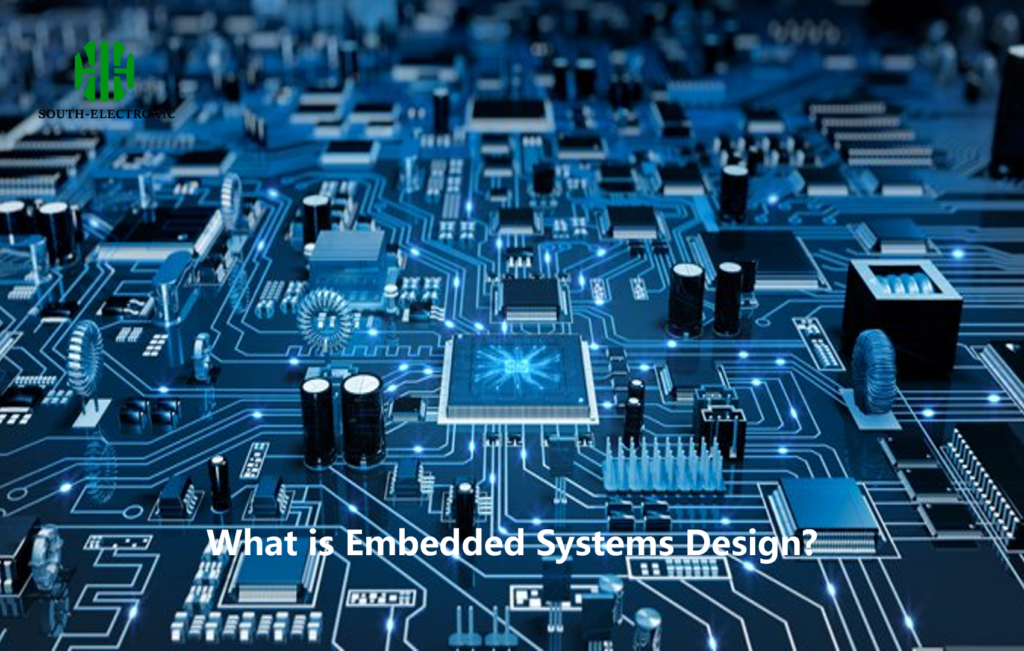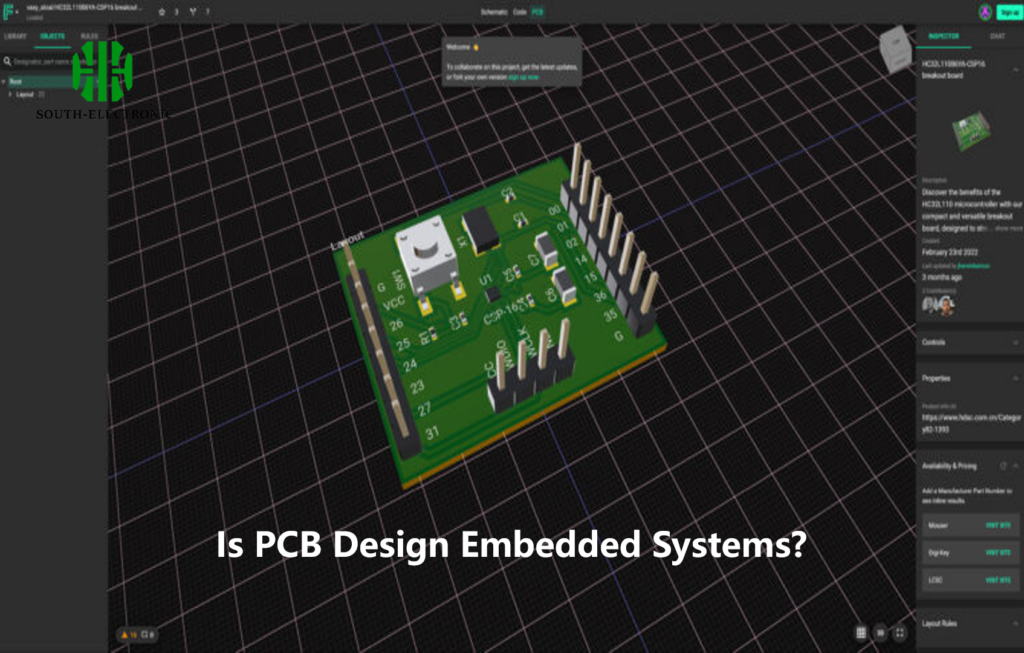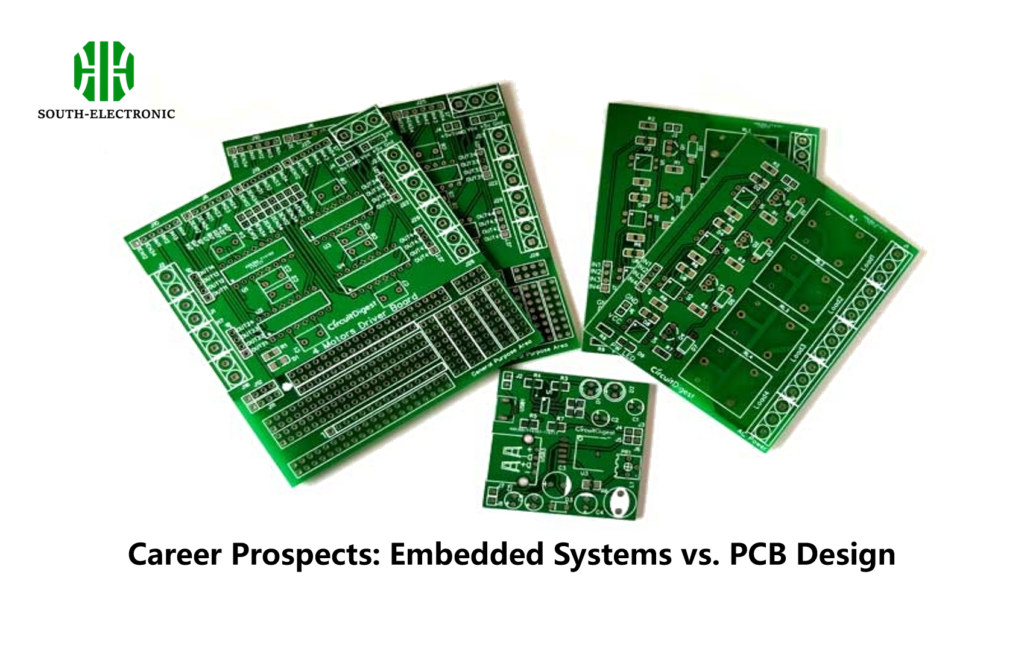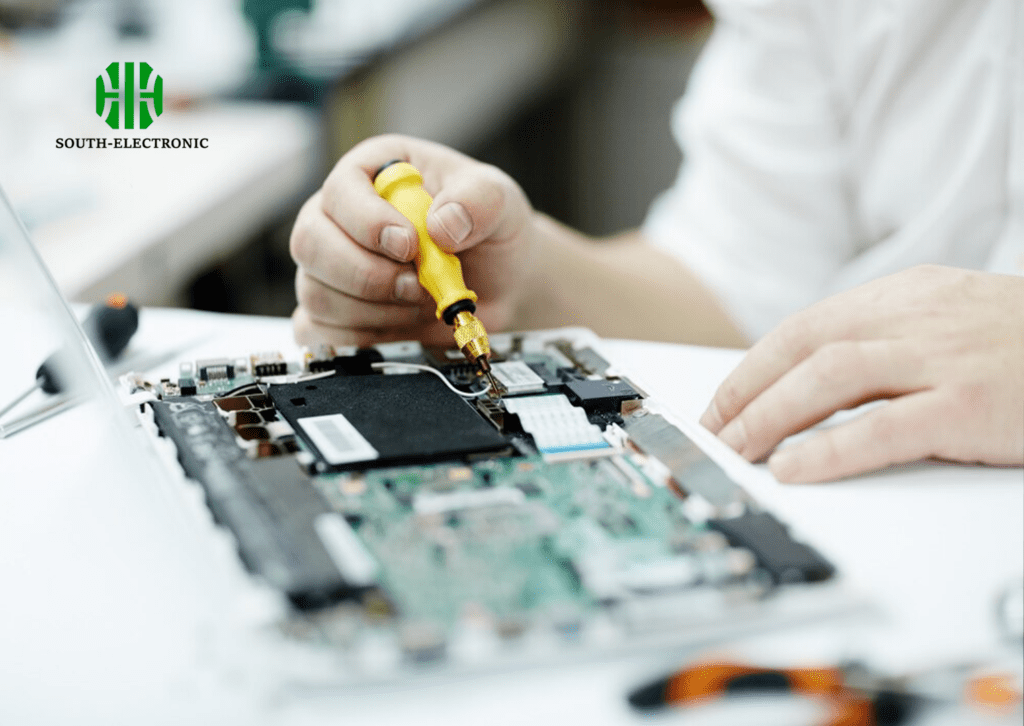Which is Better, Embedded or PCB Design?
Deciding whether to go with embedded design or PCB (Printed Circuit Board) design can be a tough call for both newbies and pros in the electronics field. Both are critical to creating modern electronic devices, but they serve different purposes.
What is Embedded Systems Design?

Embedded design refers to the process of developing integrated systems where hardware and software work together to perform specific tasks. These systems are "embedded" within larger systems and may be designed to control machinery, consumer electronics, and other devices.
Embedded engineers typically focus on:
- Writing firmware to manage hardware.
- Understanding microcontrollers, sensors, and input/output interfaces.
- Developing real-time applications for industries like automotive, robotics, and telecommunications.
Is PCB Design Embedded Systems?

PCB design and embedded design are similar, but they are not the same thing. PCB design is all about laying out and wiring up a physical circuit board that connects all the electronic components. Embedded systems, on the other hand, require PCB design as one step in the larger development process to make sure that components are wired together efficiently and safely.
Differences Between Embedded and PCB Design:
| Aspect | Embedded Design | PCB Design |
|---|---|---|
| Focus | Integrating hardware and firmware to perform tasks | Physically connecting components on a circuit board |
| Main Components | Microcontrollers, sensors, and software | Resistors, capacitors, connectors, and integrated chips |
| Skills Required | Firmware programming, hardware understanding | Circuit design, electrical layout, component selection |
| Outcome | A complete functioning system | A physical board that can be installed in a system |
Career Prospects: Embedded Systems vs. PCB Design

When considering which path to pursue, career prospects play an important role. Both embedded systems and PCB design offer exciting career paths, but the demand varies depending on the industry and market trends.
Embedded Systems
Embedded systems are in high demand due to the increasing reliance on Internet of Things (IoT) devices, automated systems, and smart devices. The field offers a wide range of opportunities in various sectors, including automotive, healthcare, and consumer electronics.
PCB Design
While PCB design is slightly more niche, the growing complexity of electronic devices means there's a steady demand for highly skilled PCB designers. Professionals who can design boards for cutting-edge technologies, such as wearable devices and industrial equipment, are particularly sought after.
Embedded Design vs. PCB Design for Different Projects
To decide which discipline is better for you, it’s essential to consider your projects and goals. If you enjoy software development and working with real-time systems, embedded design might be the right path. If you prefer working with hardware layouts and optimizing circuits, PCB design could be more suitable.
Use Cases for Embedded Design:
- Robotics: Controlling servos, motors, and sensors in real-time.
- Automotive: Building systems like engine control units (ECUs) for monitoring and regulating vehicle performance.
Use Cases for PCB Design:
- Wearables: Designing compact, high-density boards for smartwatches and health monitors.
- Consumer Electronics: Creating boards for everyday products like smartphones, gaming consoles, and TVs.
| Project Type | Best Approach | Explanation |
|---|---|---|
| Simple IoT device | Embedded + PCB Design | Both skills are required: embedded for the software and PCB for the hardware layout. |
| Standalone control unit | Embedded Design | Embedded design focuses on programming the control system and firmware. |
| High-speed networking device | PCB Design | PCB design is crucial to manage signal integrity, thermal properties, and high-speed data transfer in advanced networking equipment. |
| Wearable gadget | PCB Design | Miniaturization and compact layout are key, making PCB design the critical component. |

Conclusion
So, in summary, whether you choose embedded design or PCB design depends on what you like and what kind of projects you want to work on. Both fields offer exciting opportunities in the growing world of electronics. Embedded design tends to focus more on integrating hardware and firmware, while PCB design is all about physically connecting components in the most efficient and reliable way possible.



